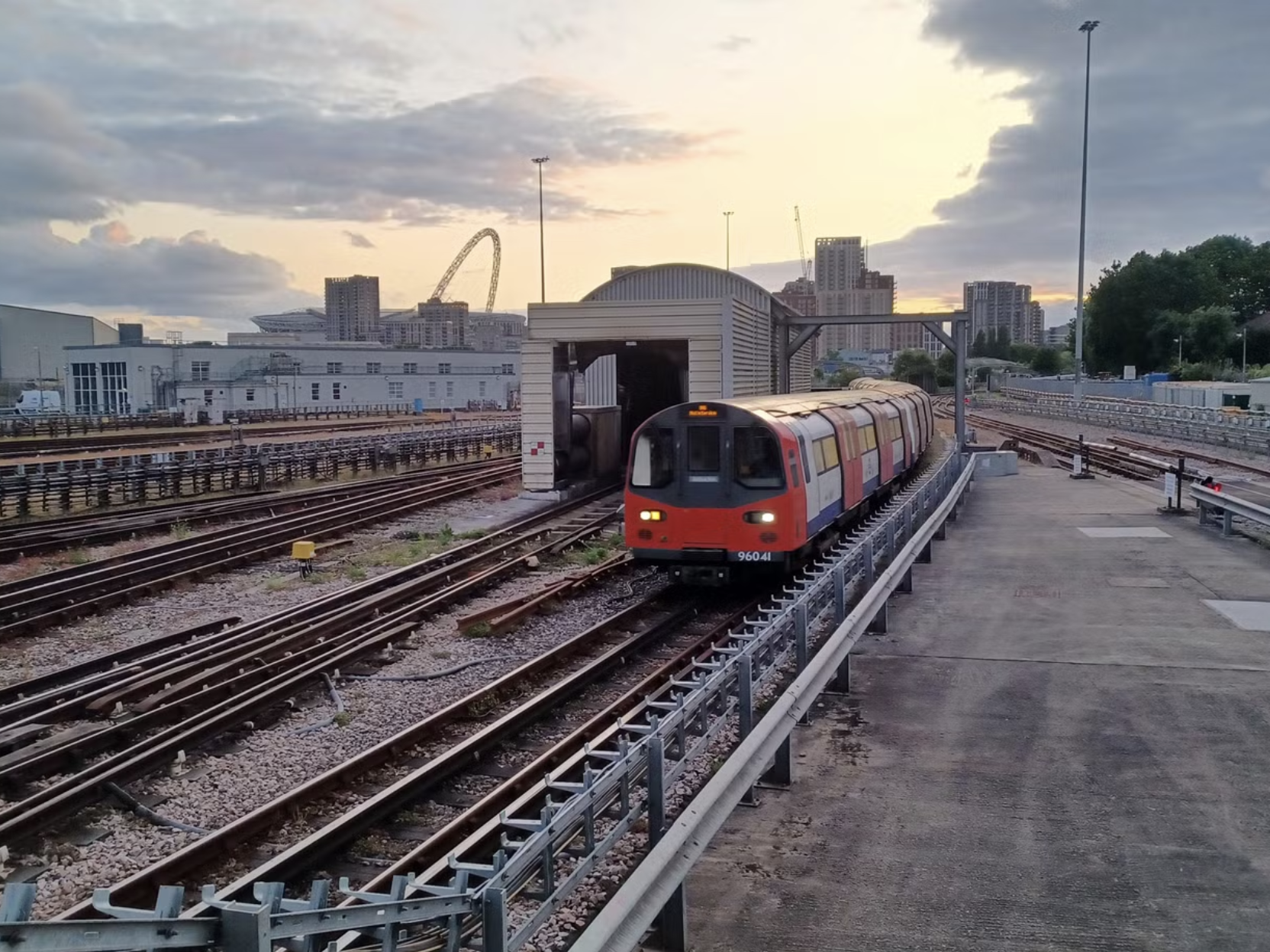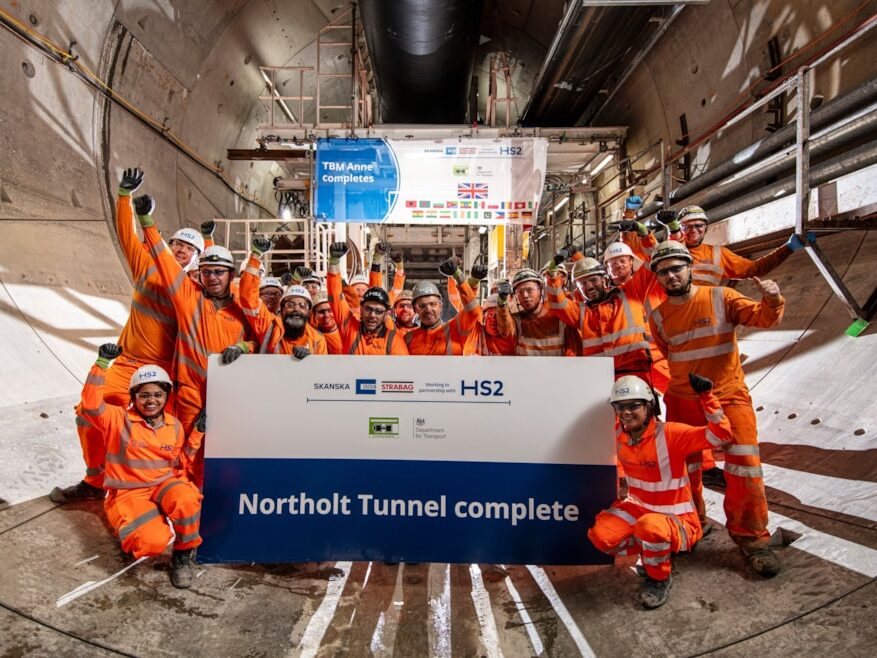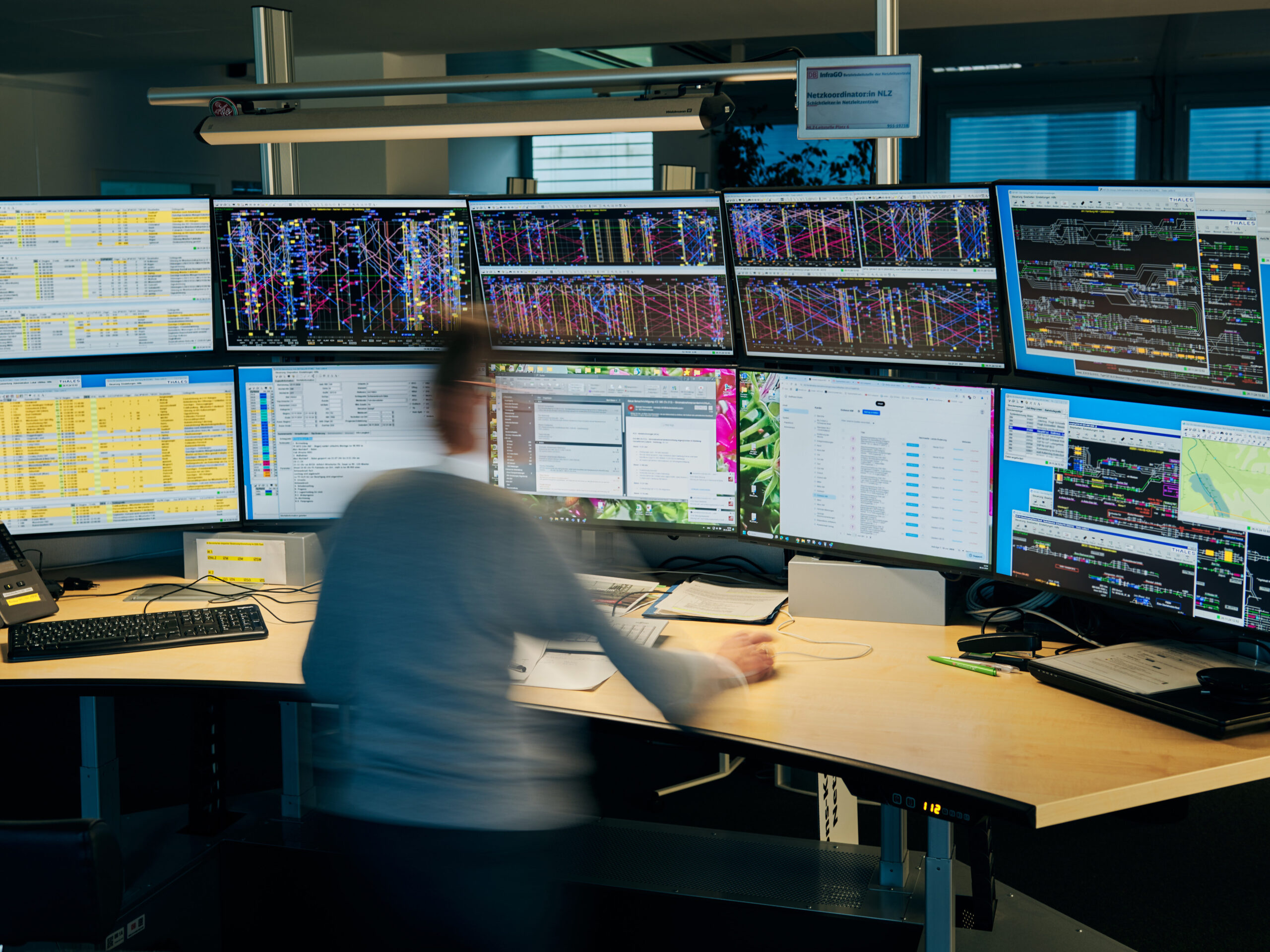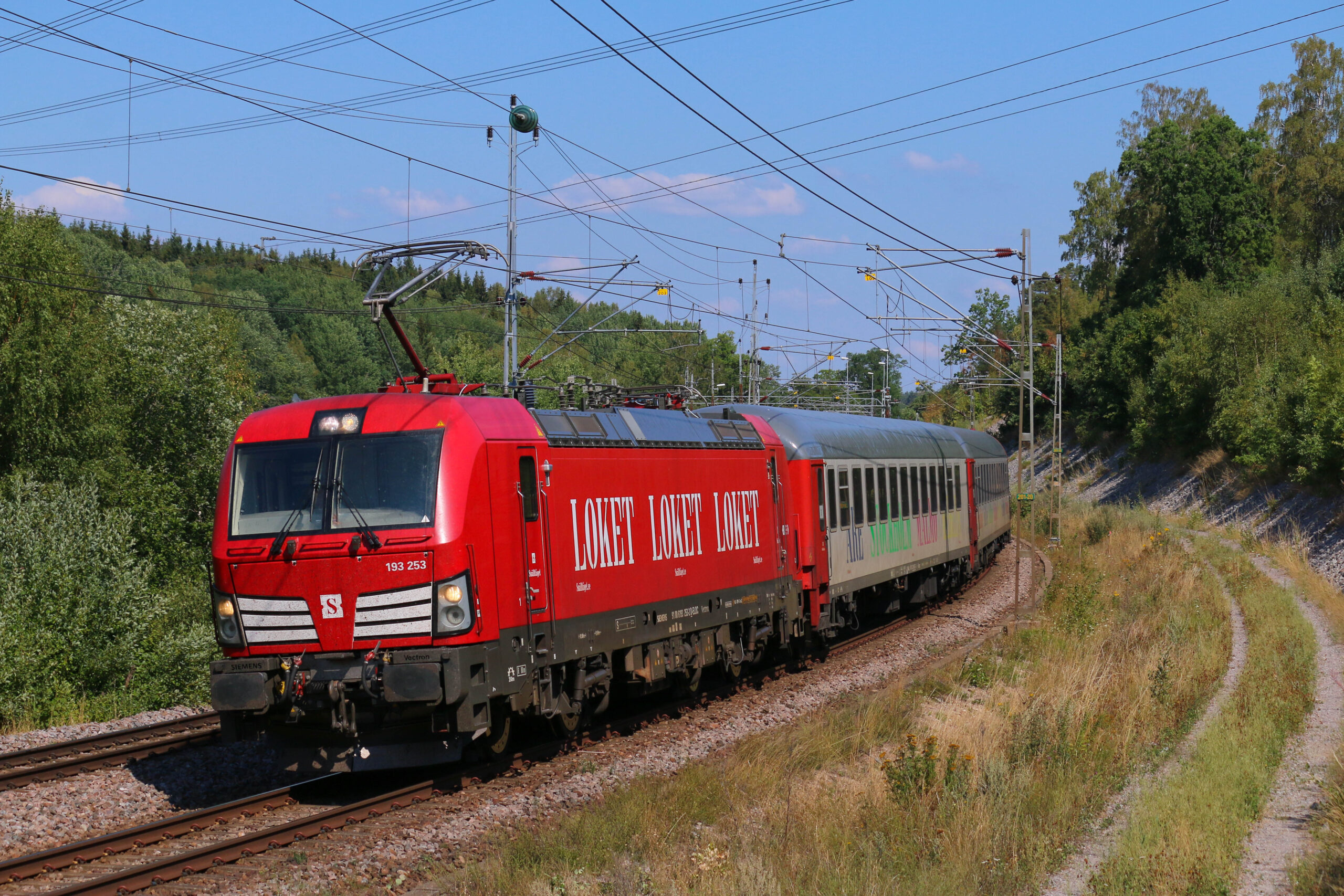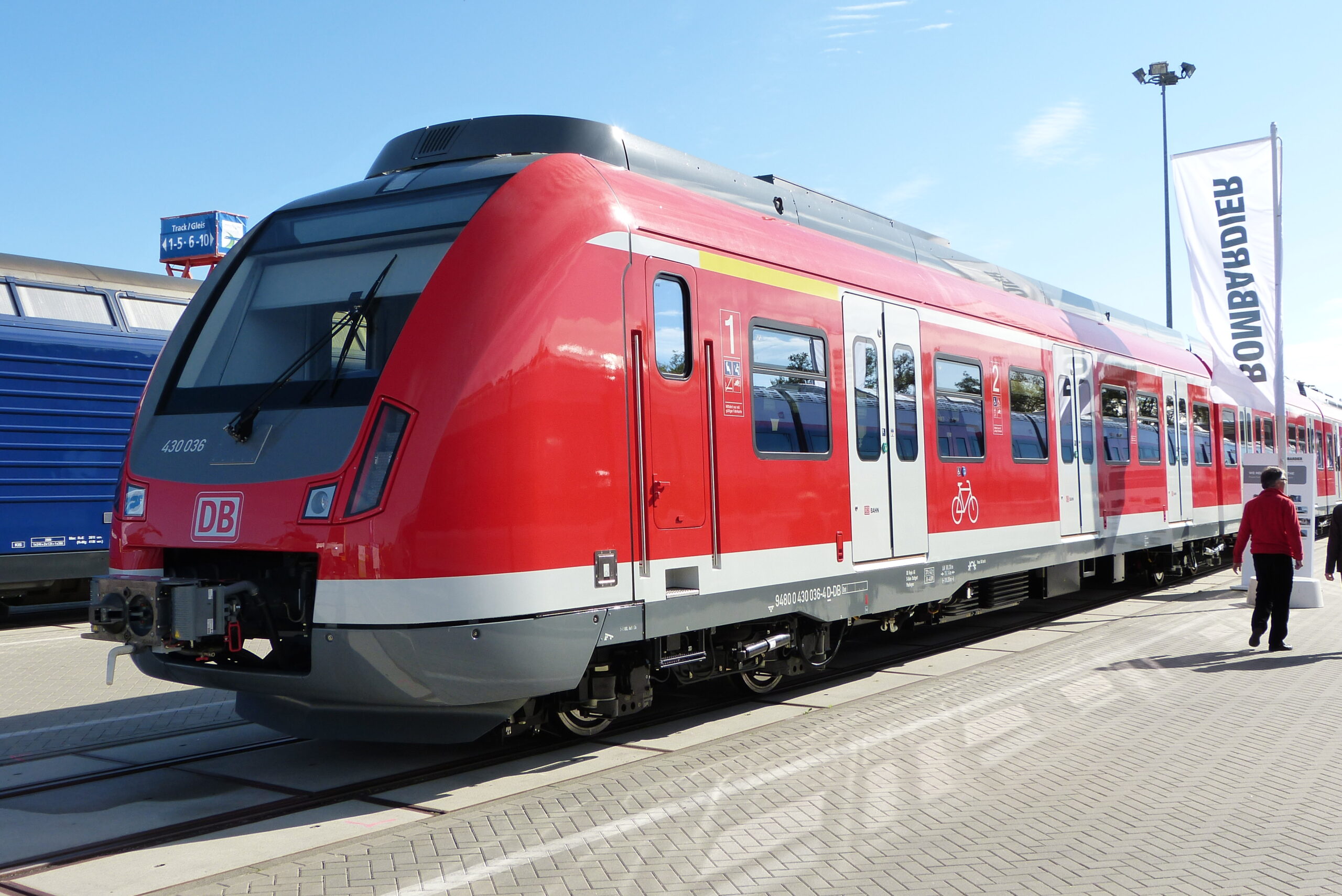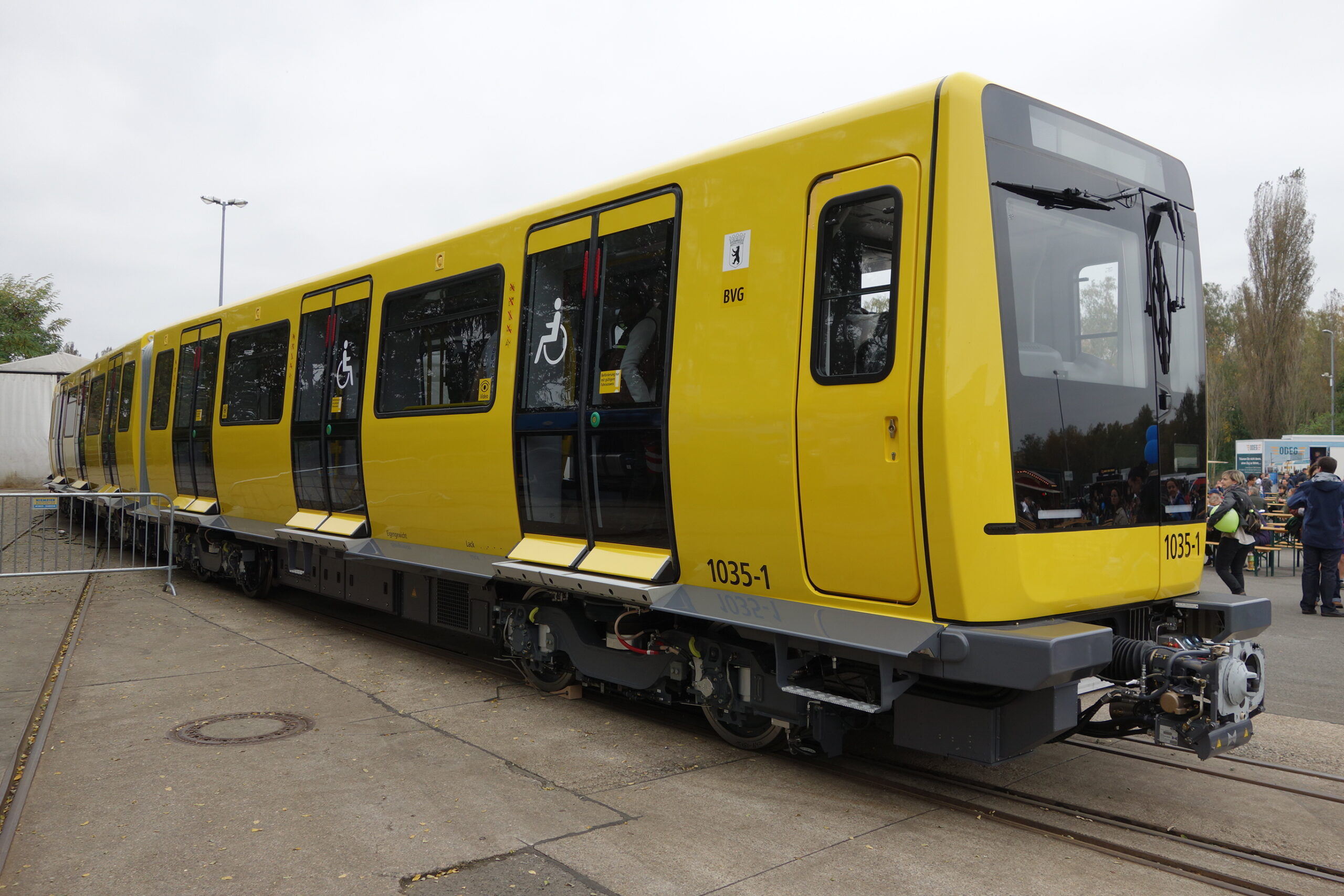Frankfurt (Main) Hauptbahnhof, Germany’s most important station, has been given the green light for the long-awaited new railway tunnel.
Once built, most long-distance trains will approach the station from 35 metres below ground and will call at four new underground platforms. The tunnel will relieve pressure on the crowded overground network, making services faster and more reliable for passengers.
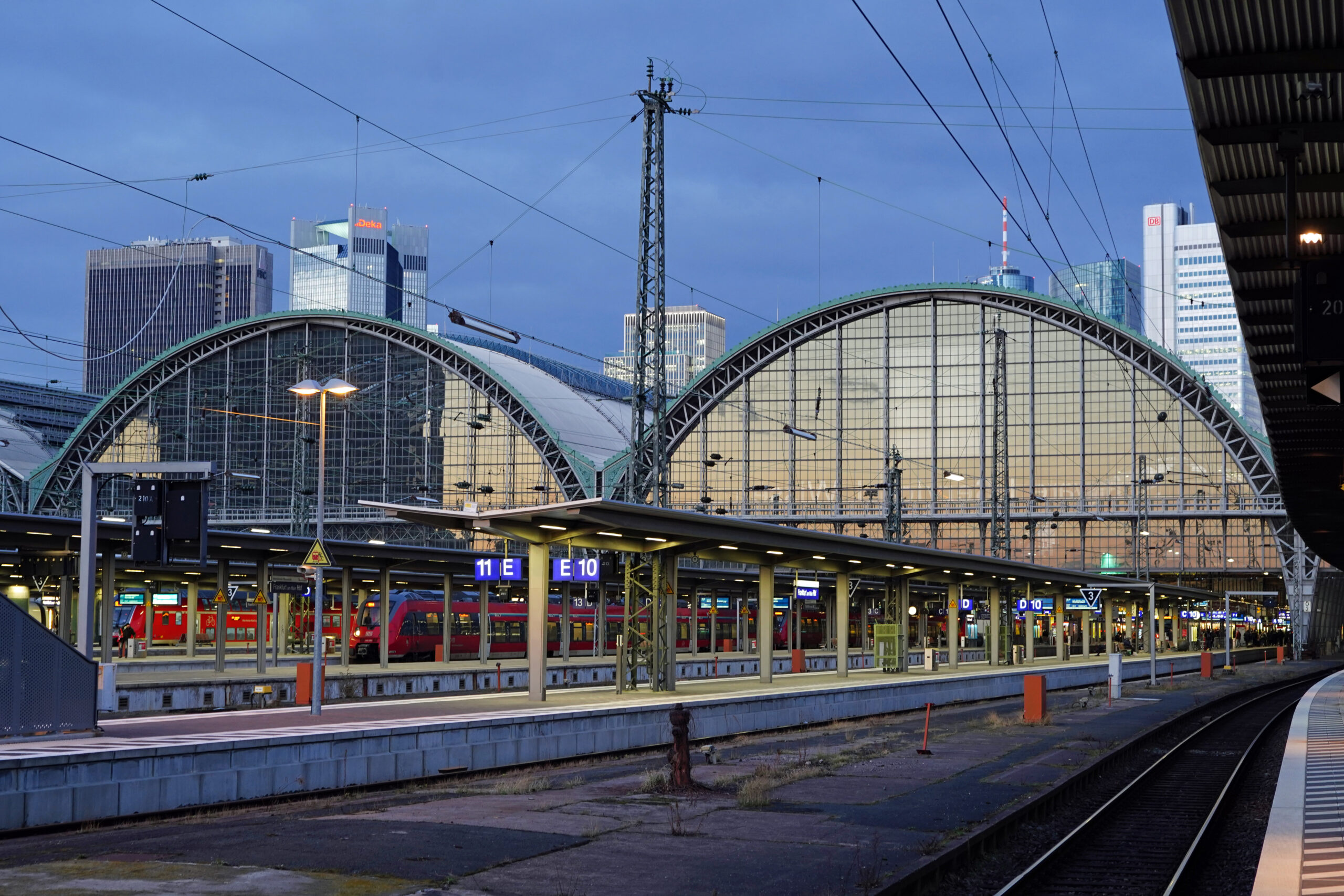
By moving the majority of the long-distance services off the current overground lines, those lines will also be freed up to increase the number of trains providing local and regional services. In total, the tunnel should enable 250 additional trains per day at Frankfurt Station.
Now that a study has confirmed the feasibility of the tunnel, Deutsche Bahn will start the concrete planning phase. The subsequent construction period will be about ten years.
Ronald Pofalla, Head of Infrastructure, Deutsche Bahn, said:The tunnel for the long-distance services is a further important element for the Deutschlandtakt, which will connect the country's cities in a 30-minute rhythm. Thanks to the new tunnel with two underground tracks and four platforms, we are increasing the capacity at Frankfurt from 1,250 trains per day to 1,500 trains per day – that's an increase of around 20 percent. This project strengthens the rail network for the urgently necessary mobility and climate transition in Frankfurt and Germany.
Enak Ferlemann, the parliamentary secretary of state at Germany’s Ministry of Transport and Digital Infrastructure said milestone was a highlight in the European Year of Rail. He stressed the European dimension of the project, as many international TransEuropExpress trains, such as those running services between Berlin and Barcelona, or between Paris and Prague would use this tunnel in Frankfurt.
Frankfurt central station was a chronic bottleneck in the German railway network, he said, and said this tunnel would make long-distance services faster, increase capacity locally and deliver greater punctuality for all.
Knut Ringat, Director, Rhein-Main-Verkehrsverbund GmbH, said:The tunnel will open up phenomenal prospects for local and regional transit in the area. It strengthens our central interchange in the RMV network and creates space for new trips from the surrounding area, which are urgently needed. It is the piece of the puzzle that connects the many expansion plans in the region, making it crucial for a successful mobility transition that protects our climate. I'm hugely pleased that the feasibility study has reached a positive result and I hope the the planning and implementation will be swift.
The German government commissioned the feasibility study in 2019. It assumes a tunnel with two tracks approaching Frankfurt’s central station from the east/west, where it will connect with four tracks to a new underground station.
The results of the study show that the tunnel and the underground station are technically feasible. The permissible costs of around 3.6 billion euros are also achievable today.
Deutsche Bahn examined a northern, central and southern corridor between the central station and Frankfurt’s eastern side. The central corridor runs beneath skyscrapers. Their foundations are up to 50m deep, making it difficult to construct a tunnel. The northern corridor also runs into several built obstacles.
The southern corridor emerged as the best option. It runs underground, past Frankfurt’s skyscrapers and to the central station. A further advantage is that the future tunnel could be connected to the existing railway network in two different locations to the east of the station: the line north of the Main river, and the line to the south. This would create the optimal capacity for all trains towards Hanau. To the west the tunnel will be connected to the new, third Niederrad Bridge.
In the feasibility study, Deutsche Bahn also examined the different options for building and designing the new underground station. It will be built under the southern part of the existing central station.

















